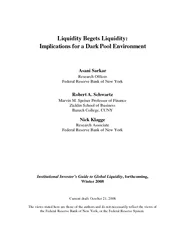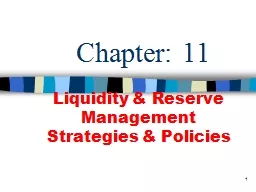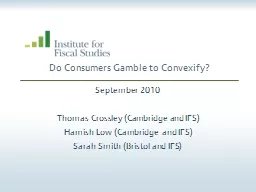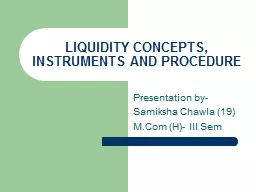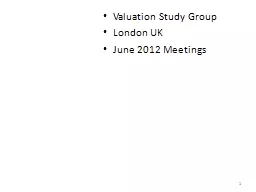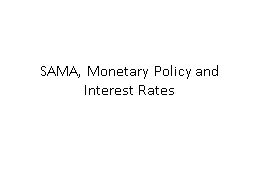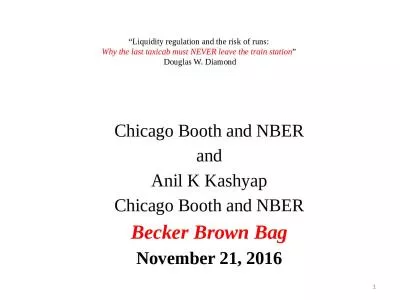PPT-LIQUIDITY STRESS TESTING
Author : stefany-barnette | Published Date : 2017-12-27
Prepared for COMESA Workshop on Financial Stability 24 th August to 1 st September 2015 Session Objectives Understand key drivers of liquidity stress Provide an
Presentation Embed Code
Download Presentation
Download Presentation The PPT/PDF document "LIQUIDITY STRESS TESTING" is the property of its rightful owner. Permission is granted to download and print the materials on this website for personal, non-commercial use only, and to display it on your personal computer provided you do not modify the materials and that you retain all copyright notices contained in the materials. By downloading content from our website, you accept the terms of this agreement.
LIQUIDITY STRESS TESTING: Transcript
Download Rules Of Document
"LIQUIDITY STRESS TESTING"The content belongs to its owner. You may download and print it for personal use, without modification, and keep all copyright notices. By downloading, you agree to these terms.
Related Documents


